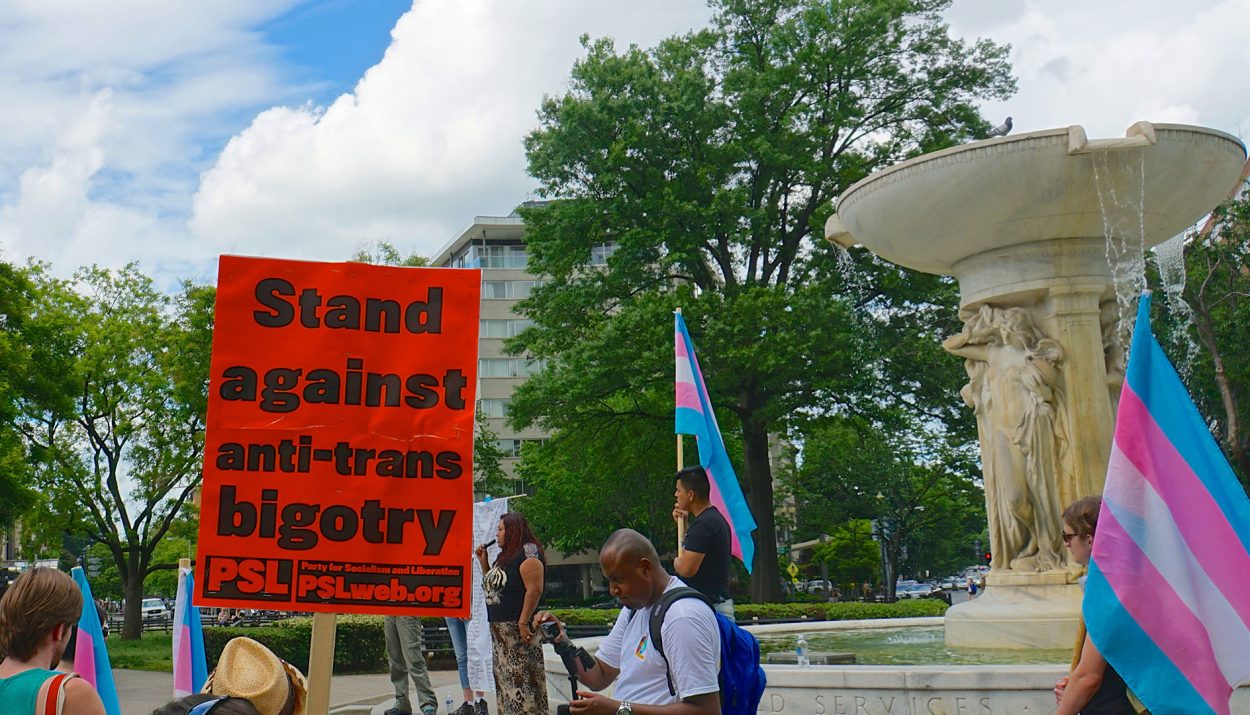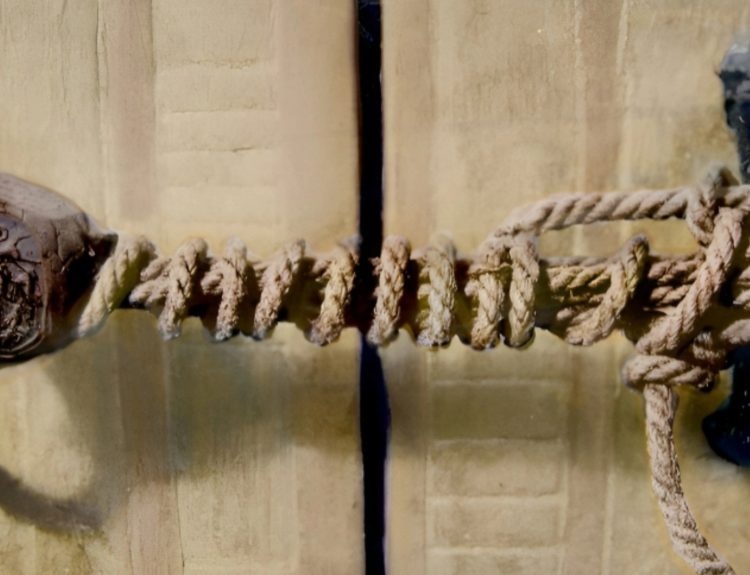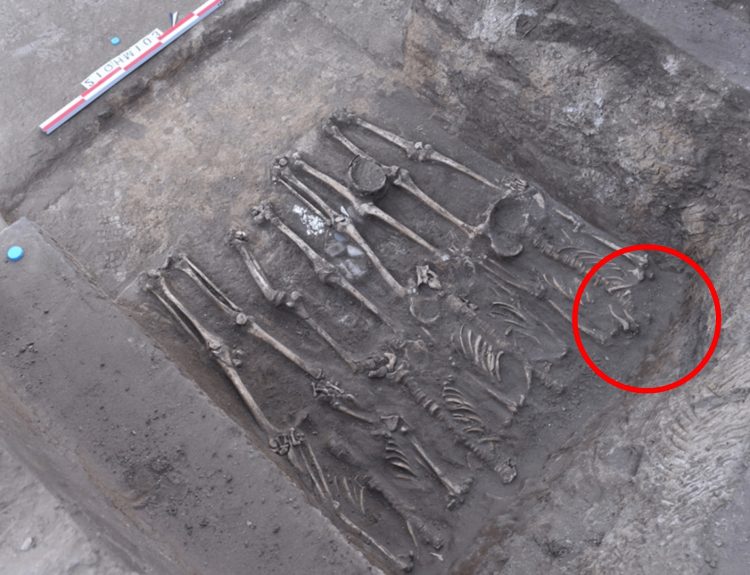Today, when a transgendered character pops up in a novel or movie, the author or filmmaker is accused of trying to be “woke” by manufacturing inclusivity. Some people applaud the work while others shun it.
What everyone should remember is that trans characters in literature – like real-life trans people – are not a recent invention. As we will see, transgendered individuals made for great literature in previous centuries.
The Knickerbocker … Victorian America’s Go-To Source for Entertainments
In the middle of the 1800s – from 1833 to 1865 –The Knickerbocker was the go-to source for Victorian-era entertainment. A literary journal, the publication had a reputation for giving its mainstream readership the type of intellectual and thought-provoking fiction stories they were looking for.
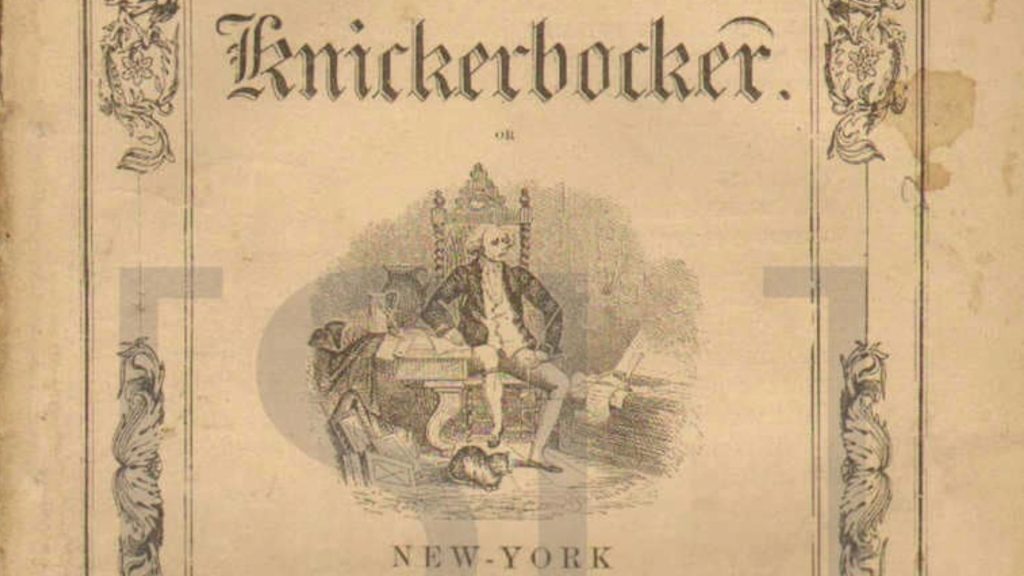
As one of the most popular magazines of its time, The Knickerbocker could be selective about the short stories it accepted for publication. Many of the greatest writers of the 1800s – including Oliver Wendell Holmes, Henry Wadsworth Longfellow, and William Cullen Bryant – had their stories published in The Knickerbocker.
An Anonymous Short Story in 1857
With its loft reputation to uphold, it may surprise people today that the editors of The Knickerbocker chose to publish a provocative, anonymously written short story in 1857 that would raise some eyebrows – at least, in some circles – today.

The short story was called “The Man Who Thought Himself a Woman.” As Elizabeth Reis, a professor of gender and medical ethics at City University of New York’s Macaulay Honors College, noted, “Even though it’s just a short story, it must have resonated with readers because it appeared in one of the most popular magazines of the day.”
Maybe Victorian-Era Society Wasn’t as Prudish as We Think
We generally view Victorian-era society as one in which proper adherence to rigid cultural and gender roles was expected. In fact, the Victorian world is often seen as prudish and proper, with lots of rules to follow.

In “The Man Who Thought Himself a Woman,” however, we get a glimpse into a different aspect of the Victorian world…one that shows that people of the mid-1800s were curious about the members of their communities who didn’t fit neatly into their preconceived pigeonholes of traditional gender identity.
The Plot of “The Man Who Thought Himself a Woman”
As Dr. Reis explained, “The Man Who Thought Himself a Woman” tells the story of Japhet Colbones, an odd, eccentric character who comes from a family of oddballs and weirdos. Japhet is charming and loveable, a devoted husband, and loving father of two daughters.
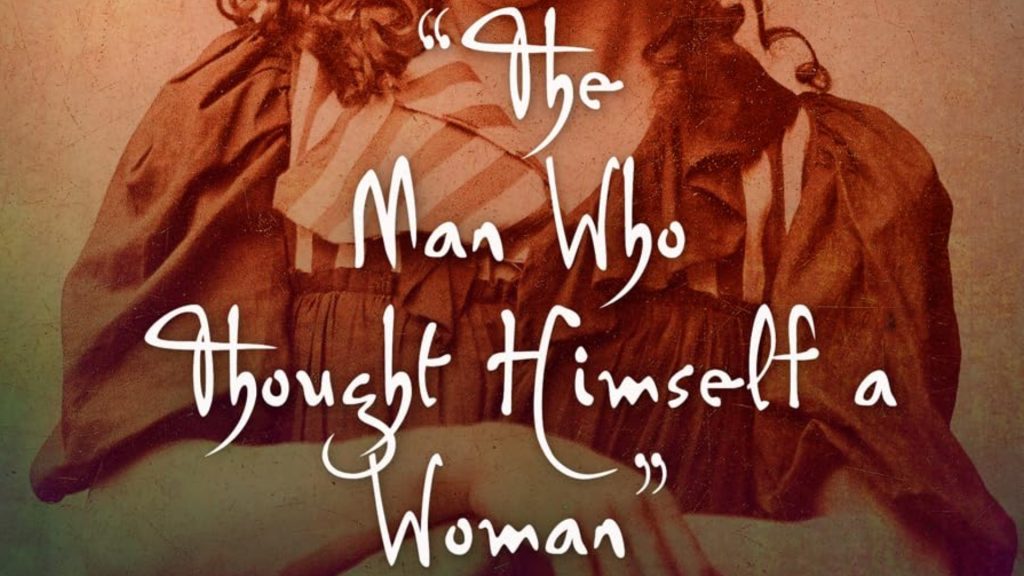
The author depicts Japhet as strong, successful, independent, and a good provider … all traits of a successful man in the Victorian era. Although she was born in a male body, Japhet secretly knows that she is, in fact, a woman. The author hints at this throughout the short story but it is fully revealed at the end.
The Character Has One “Quirk”
As the story unfolds, the readers learn that Japhet has one odd quirk. He/she steals women’s clothing and wears them when no one else is around. Japhet’s family figures out that he/she is responsible for the thefts, but they all look the other way.

Spoiler Alert: Japhet commits suicide while wearing women’s clothing. He/she leaves a note that reads: “I think I am a woman. I have been seven years making me a perfect suit of garments appropriate for my sex. As I have passed so long, falsely, for a man, I am ashamed to show myself in my true colors; therefore, I hang myself.”
The Short Story Offers a Look at Gender Identity in the Past
Reis explained that “The Man Who Thought Himself a Woman” is an important piece of mid-1800s literature because it dispels the common misconception that transgenderism is a modern invention. There are segments of the population that think that trans people are simply modern-day attention-seekers hopping on the trendy, gender-identity bandwagon.
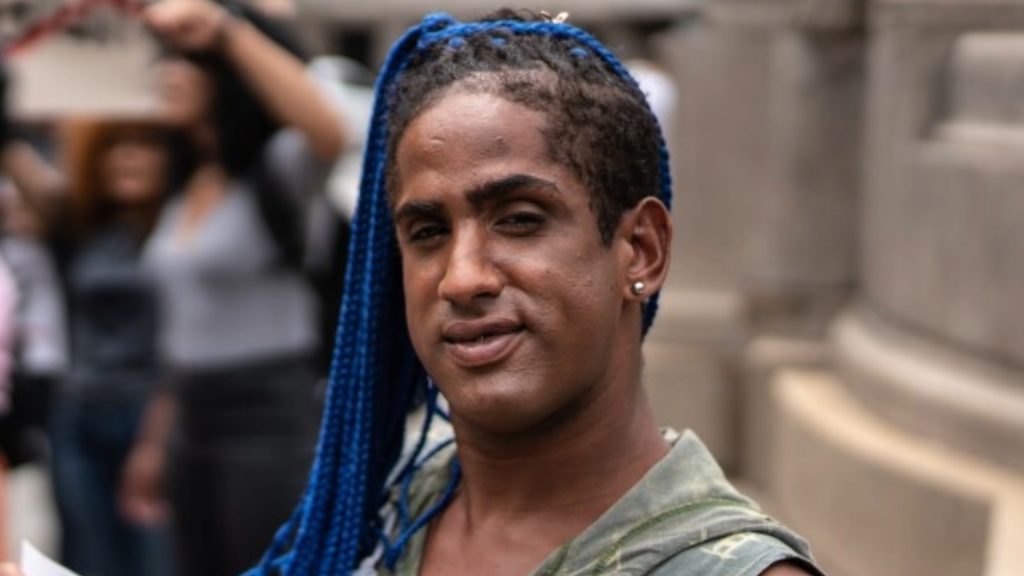
“The story can be educational for modern readers,” Reis said. “One misconception is that there was no such thing as transgender identity before our current moment.” “The Man Who Thought Himself a Woman” was written before the word “transgender” was even coined.
The Long History of Transgenderism
“People have been trans-ing gender for centuries; they have been making and remaking gender in creative and innovative ways throughout recorded history,” Reis noted. Several traditional cultures around the globe recognize a third gender that is a mix of feminine and masculine characteristics.
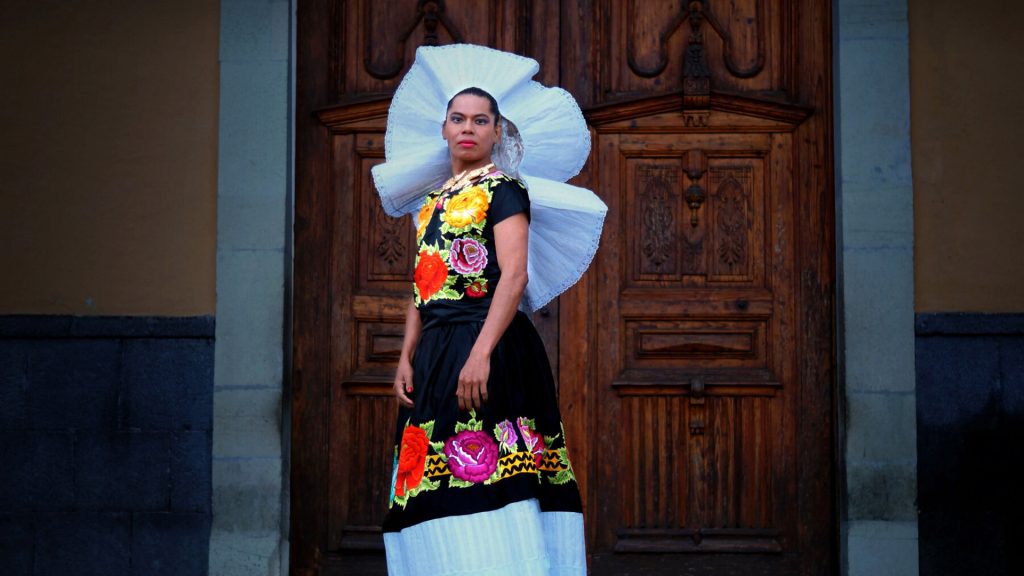
One of these, as Dr. Reis explains, is the “muxes” people. The Zapotec people, an indigenous culture of Mexico, has long accepted that gender is not divided into two sexes, male and female. The muxes – typically anatomically male with feminine traits and personality – are accepted as part of society and treated with respect.
Indonesia’s Five Genders
The Bugis people of Indonesia recognize five genders. Beyond male and female, they have identified three others – “Calalai,” “Calabai,” and “Bissu.” The term “Calalai” applies to a person who was born into a female body, but who lives in a traditionally masculine way. A “Calalai” usually wears men’s clothing and has short, cropped hair.

A “Calabai,” on the other hand, is a person born as a male, but who takes on traditionally female roles. In the Bugis culture, the “Calabai” perform wedding rituals. A “Bissu” is someone who is equally feminine and masculine. A “Bissu” is often called upon to perform spiritual ceremonies because they are viewed as bridging the earthly and spiritual worlds.
The “Hijra” of India Have Had a Tumultuous History
“Hijra,” a third gender, is mentioned in ancient Hindu religious texts. In ancient times, “Hijra” were thought to possess special powers. They often joined groups of other “Hijra” to learn spiritual and religious teachings and were given important roles in Hindu culture.
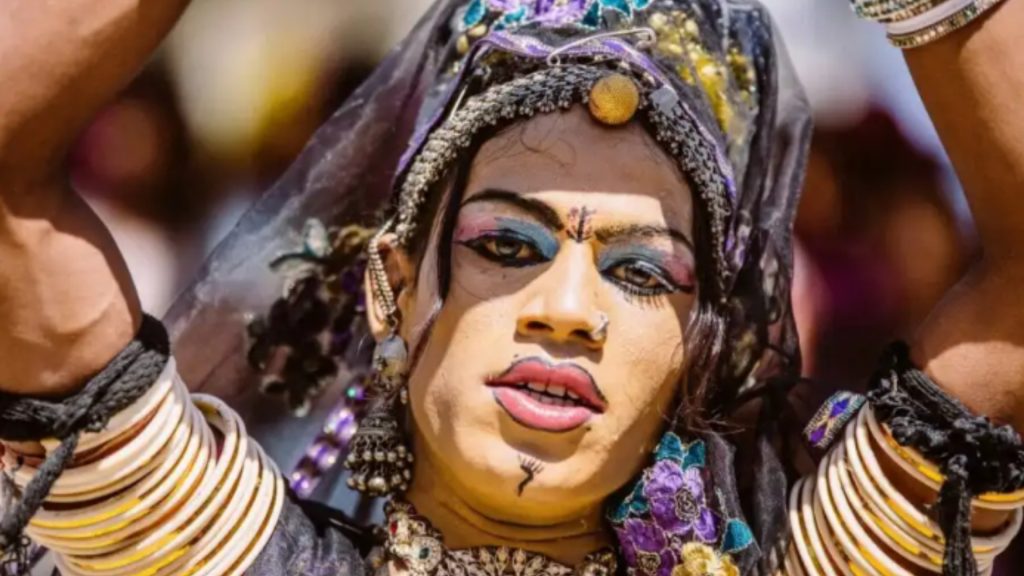
When the British colonized India, however, they did not accept the “Hijra” as a third gender. In fact, in 1871, the British passed a law classifying “Hijra” as criminal deviants. Thanks to the influence of the British colonists, anti-hijra views grew. Things are slowly changing for the better. Today, India, as well as its neighbors, Nepal and Bangladesh, recognized the rights of “Hijra” people.
Native American “Two-Spirits” Also Suffered Under European Colonization
Many of the indigenous tribes of North America had historically recognized people in their communities who embody both female and male spirits. Traditionally, the terms assigned to these people varied from tribe to tribe. In 1990, Native Americans as a whole adopted the term “Two-Spirits” for trans people.
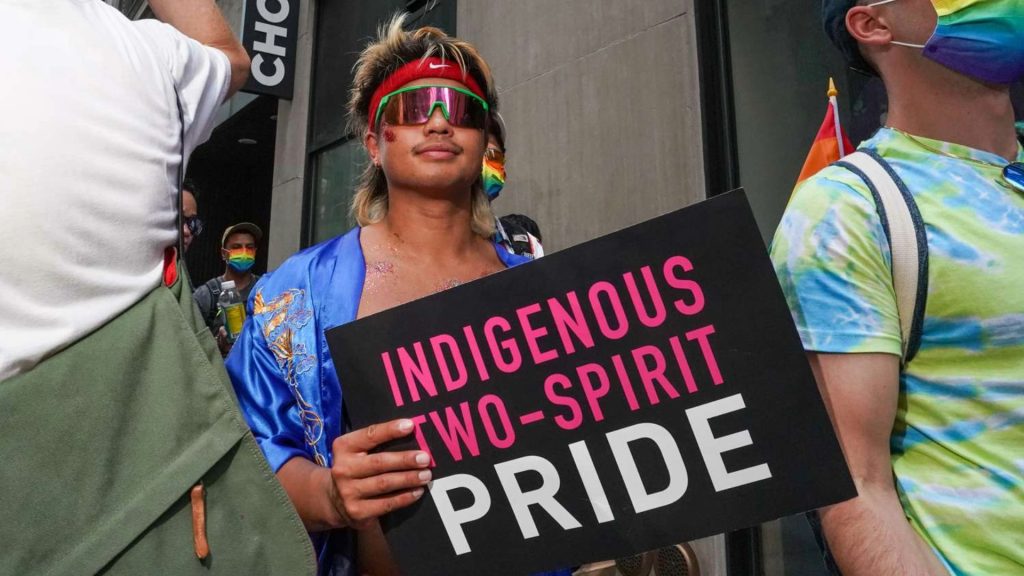
For centuries, Native Americans revered “Two-Spirits” for their ability to look at the world through both female and male eyes. In many Native American communities, “Two-Spirits” were given special roles to signify their unique status. They served as matchmakers, healers, and spiritual leaders. When White Europeans colonized North America, they took steps to eradicate “Two-Spirits.” In recent decades, indigenous tribes are reclaiming their long-forgotten acceptance of “Two-Spirits.”
“Trans People Have Always Existed”
Dr. Emily Skidmore, an associate professor at Texas Tech University’s Department of History, penned a book on the subject titled True Sex: The Lives of Trans Men at the Turn of the Twentieth Century. She noted, “The most common misconception from anti-trans folks is that trans people are a new phenomenon.”

In reality, she explained, “Trans people have always existed.” During her research, Skidmore was surprised to learn that trans people could be found living in small, rural communities, in addition to large cities. This upends our assumption that people living in cosmopolitan settings are more accepting.
The Story of Willie Ray
In her book, Skidmore tells the story of Willie Ray, a person who was born an anatomical female but chose to live as a man. “He was probably born in Tennessee, and he moved in his early 20s to Booneville, Mississippi. He got in trouble for flirting with another man’s wife, and there was actually a court case about it in 1903.”
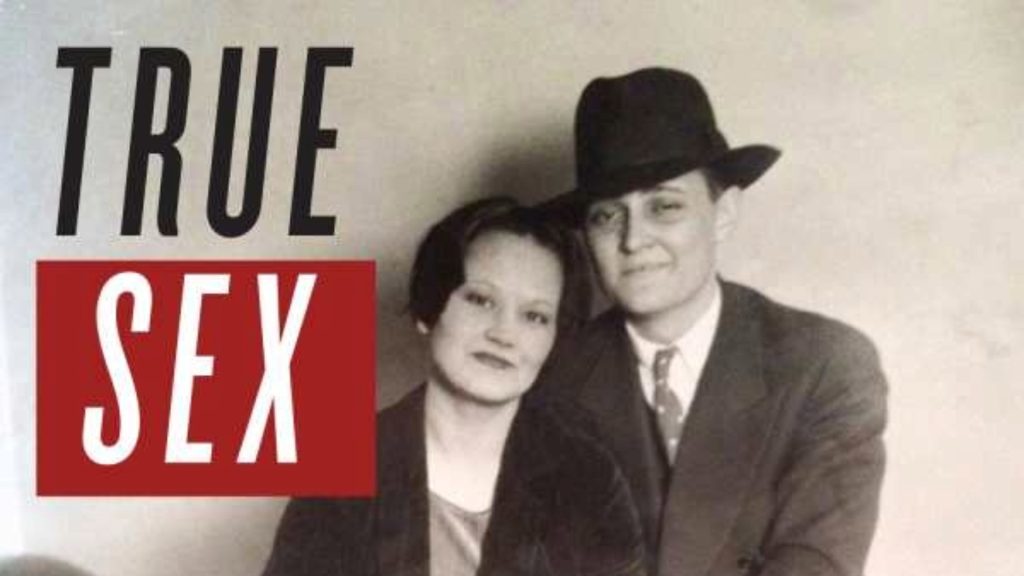
On the witness stand, Willie Ray revealed his true gender, thus escaping prosecution. Although the court ordered him to wear women’s clothing, Skidmore stated that Willie Ray “went on living in Booneville, and in 1910, he shows up on the federal census as living in the same household as Fannie Gatlin—the woman he had been flirting with in 1903.”
Are We More Tolerant Today?
Skidmore explained that she loves the story of Willie Ray because “it forces us to think about the queer possibilities in rural America — a past which can be hard for us to imagine in the contemporary moment of anti-trans legislation.”

“The other common misperception about the pre-20th century is the assumption that we’ve become more tolerant over time,” Reis added. But have we? The research done by both Reis and Skidmore shows that people living a century or more ago were often more open-minded. As Skidmore noted, “We can’t just assume that people had only negative ideas about people crossing the gender line.”

